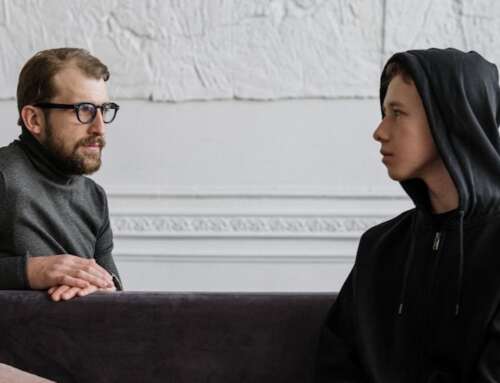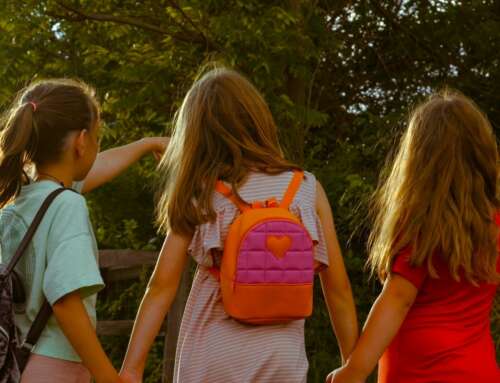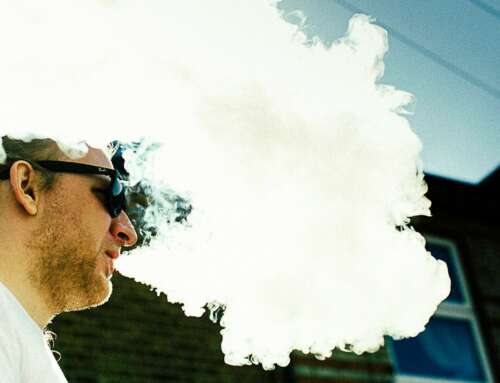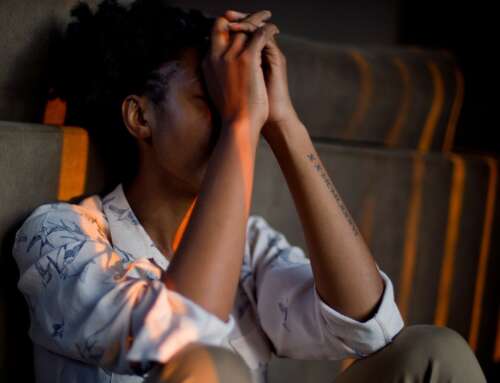Aboriginal and Torres Strait Islander people with severe disability face many barriers to fully accessing the support offered by the NDIS. This group of people has already experienced long-standing isolation and are particularly vulnerable to being left behind, again.
The prevalence of disability among Aboriginal and Torres Strait Islander people is twice that experienced by other Australians. It is more complex in terms of more than one disability or health issue occurring together, and it is compressed within a shorter life expectancy.
The latest NDIS quarterly report states 9,255 Aboriginal and Torres Strait Islander people are participating in the NDIS (roughly 5.4% of the total). Though, being a “participant” means they have been signed up to an insurance policy. It doesn’t necessarily mean the policy has been paid out. And many others aren’t on the scheme at all.
There are an estimated 60,000 Aboriginal and Torres Strait Islander people across Australia with a severe or profound disability. In 2014-15, around 45% of Aboriginal and Torres Strait Islander people aged 15 years and over said they experienced disability – 7.7% of whom needed assistance with core activities some or all of the time.
My recent research shows Indigenous people who live with disability experience far greater inequality when it comes to social, health and well-being, compared to other population groups. This includes Indigenous people without disability, and people with disability who are not Indigenous.
Many struggle with basic survival needs
My research consisted of statistical data and the personal testimonies of 47 Aboriginal and Torres Strait Islander people with disability. It showed the NDIS isn’t accommodating the unique needs of Aboriginal and Torres Strait Islander people with disability.
People in one Aboriginal community said while the NDIS was providing support packages – in some cases at around A$50,000 per person per year – these were not translating into actual expenditure as there weren’t any disability services in the community that NDIS participants could purchase.
– Scott Avery
Read More: Indigenous People with Disability Have a Double Disadvantage and the NDIS Can’t Handle That
Image by Fernando from Unsplash







Leave A Comment